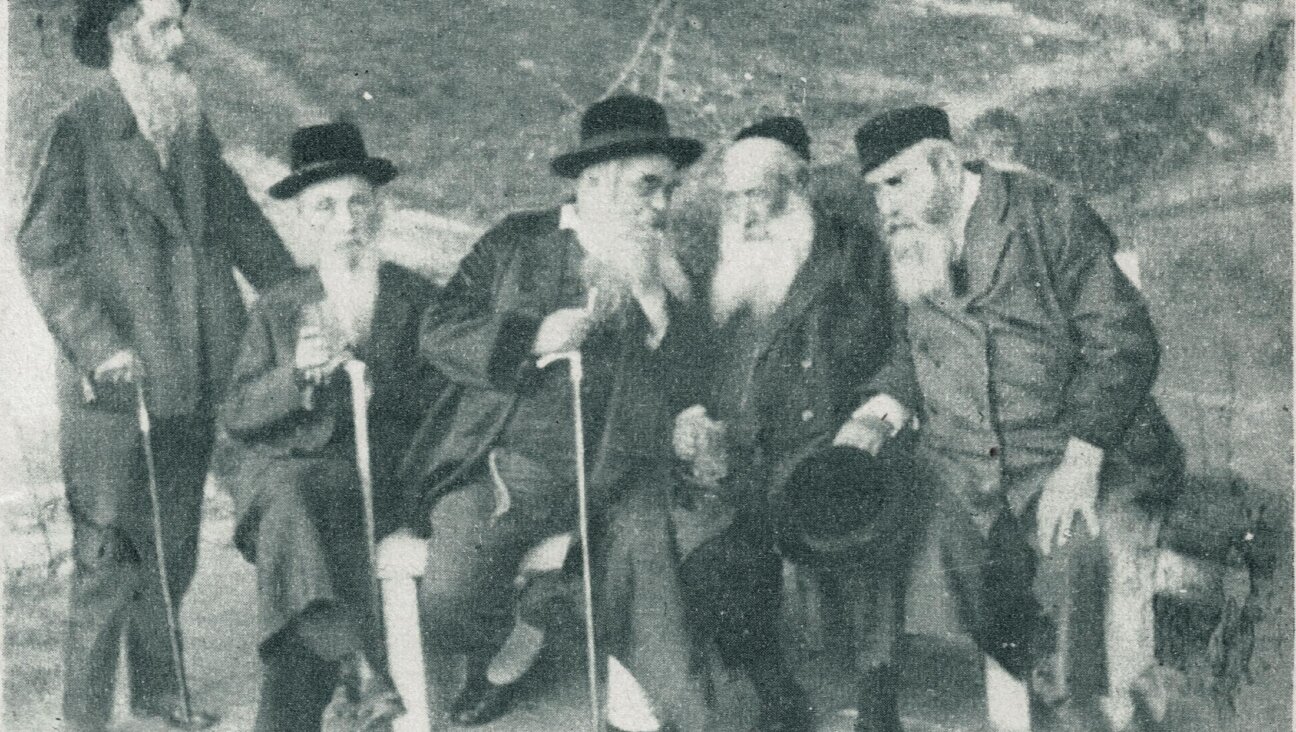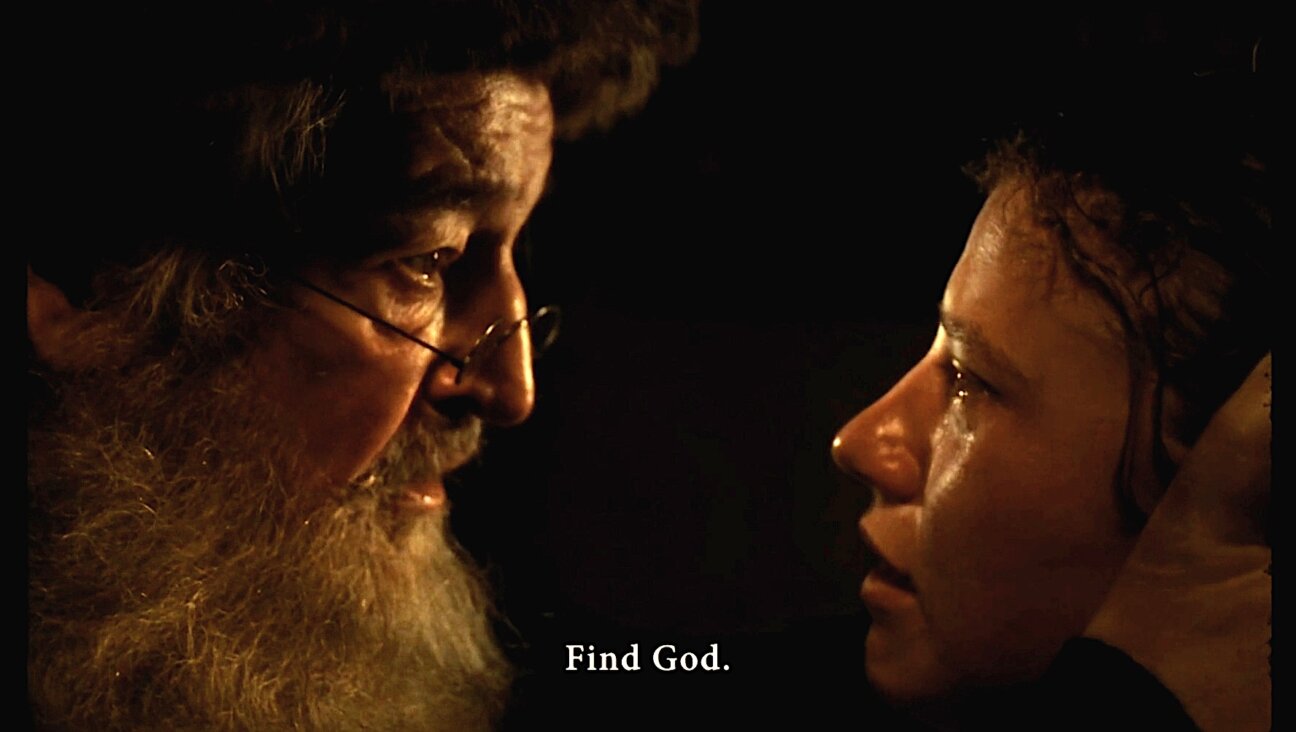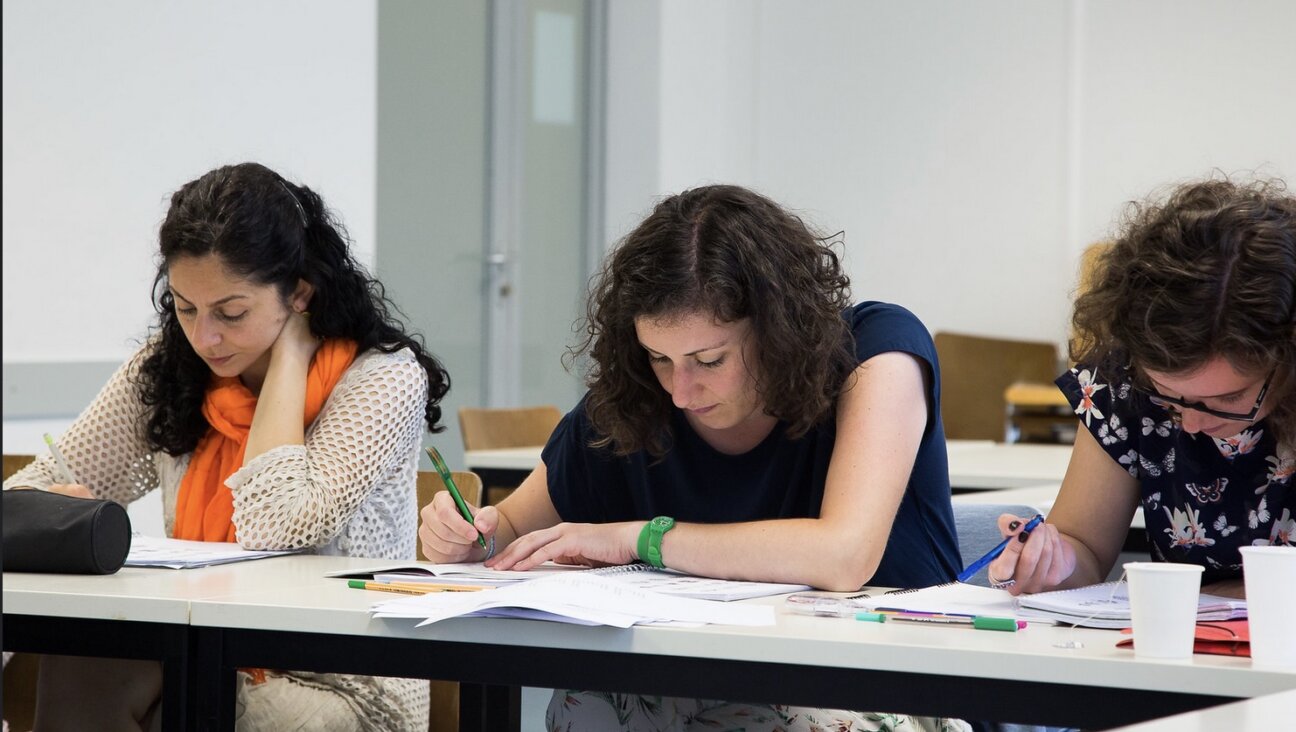The first Jewish Holocaust museum wasn’t in Israel or the US

Image by wikipedia
If you were to ask people which country had the very first Holocaust museum, most would likely answer “Israel” or “the United States.” The true answer, though, is Vilna (Vilnius), and what’s more surprising, is that it was founded even before World War II was over, in 1944 – a dramatic history detailed in David Fishman’s “The Book Smugglers: Partisans, Poets, and the Race to Save Jewish Treasures from the Nazis”. The founders of this museum were three Jewish partisans: the poets, Avrom Sutzkever, Shmerke Kaczerginski and Abba Kovner. They had fled the Vilna ghetto but returned to the city after the Red Army liberated it in July 1944. Sutzkever arrived from Moscow, where he had lived since April of that year. (The story of how Sutzkever had ended up in Moscow was remarkable in itself: he had actually been airlifted out of a Partisan encampment in Belarus by the Soviet government in order to provide it with new information about the Holocaust.)
Once the three partisans arrived in Vilna, they immediately turned their attention to recovering the cultural treasures that the Nazis had been unable to destroy or expropriate, and that had been buried on the outskirts of the city. Their plan was to create a Jewish museum or institute in Vilna.
This type of activity, as Fishman explains, would have been impossible without permission from the Soviet authorities. Among the three men, Sutzkever was already a familiar figure in the Soviet literary world, and could therefore negotiate with the Soviet regime. By August-September 1944 he had sent a report about the new museum to the editors of Eynikayt (“Unity”), the official newspaper of the Soviet-run Jewish Anti-Fascist Committee. The original text of Sutzkever’s report, with editorial and stylistic emendations, was preserved in the Anti-Fascist Committee’s archive. The news from Vilna sparked great enthusiasm among the Soviet-Yiddish writers in Moscow. In his report, Sutzkever explained that the new Jewish museum, which had two divisions: one focusing on the history of the ghetto and the other – on the partisan movement, had been created under the auspices of the Soviet authorities. He himself was appointed the head of a special commission whose aim was to recover cultural treasures that were hidden during the Nazi occupation.
One of the most remarkable achievements of the commission was its finding 30 well-known sculptures and reassembling them. These included Mark Antokolsky’s well-known statue, “The Sharp Mind” and Zalman Straz’s statue of Leo Tolstoy, as well as two works from the sculptor, Naoum Aronson.
About a year after this communique was dispatched, Kaczerginski sent a report on all that the Jewish museum had accomplished, which was preserved in the archives in Russian translation prepared by the Soviet secret police after the Jewish Anti-Fascist Committee was shut down. The museum, Kaczerginski writes, possessed a collection of about 25,000 books, among them – rare editions from Venice, Prague and Salonika. It also had archival materials from the Vilna and Kovno ghettos, the YIVO archive, and the letters of the Yiddish writer, Sholem Aleichem. Half of these materials had already been transferred to the museum in 600 sacks. He also remarked that “the theater library of 800 entries is particularly valuable; among them are original editions of the works of the playwrights, Avrom Goldfaden, and Jacob Gordin, and the novelist, Isaac Joel Linetski, along with a number of Yiddish musical scores.
As Fishman indicates, the founders of the museum quickly understood that it was no longer safe to allow these treasures to remain in Soviet hands. They worked out a plan to smuggle their holdings out of the Soviet Union. But the museum continued to function after their departure. In 1946, an exhibit took place honoring Sholem Aleichem’s 30th yahrtzeit. In his reports written for Eynikayt, the poet, Hirsh Osherovitsh wrote that the most interesting items in the exhibit were the originals of Sholem Aleichem’s letters: “The exhibit-goers simply can’t get enough of reading and re-reading the handwritten letters of the great writer and they return to them again and again.” It’s completely possible that these letters were among the documents that Sutzkever and his friends had saved. But telling Jewish history like this was no longer fit to be printed in the Soviet press. Instead they had adopted a new hero: “In the center of the exhibit hall stands a great portrait of the person who enabled a Jewish museum to be built – the portrait of the person who lead to the liberation of Vilnius – Generalissimo Stalin.”
Unsurprisingly, the Jewish Museum in Vilnius met the same fate as other Jewish cultural organizations. It was shuttered in 1949.
r
A message from our Publisher & CEO Rachel Fishman Feddersen

I hope you appreciated this article. Before you go, I’d like to ask you to please support the Forward’s award-winning, nonprofit journalism during this critical time.
At a time when other newsrooms are closing or cutting back, the Forward has removed its paywall and invested additional resources to report on the ground from Israel and around the U.S. on the impact of the war, rising antisemitism and polarized discourse.
Readers like you make it all possible. Support our work by becoming a Forward Member and connect with our journalism and your community.
— Rachel Fishman Feddersen, Publisher and CEO






























